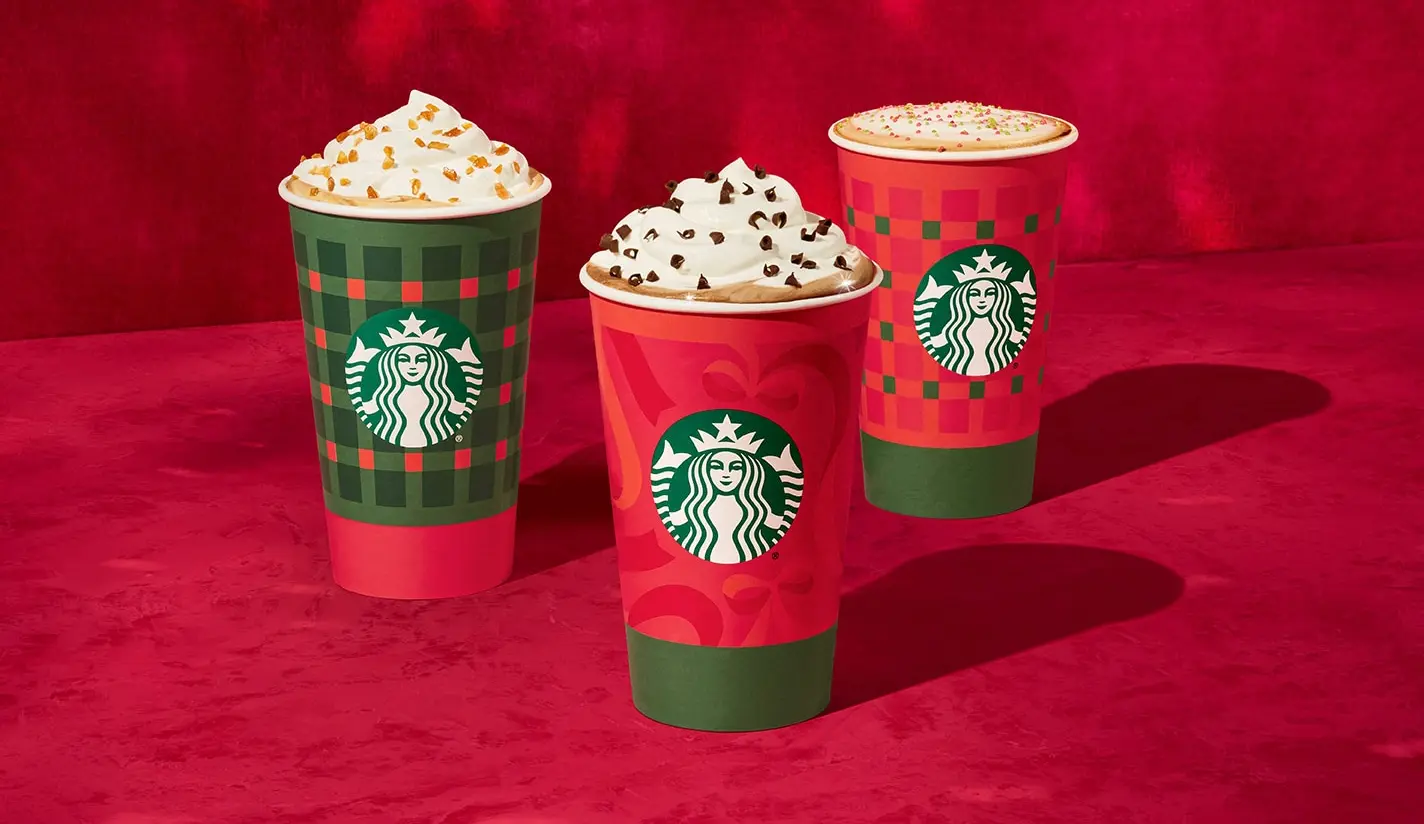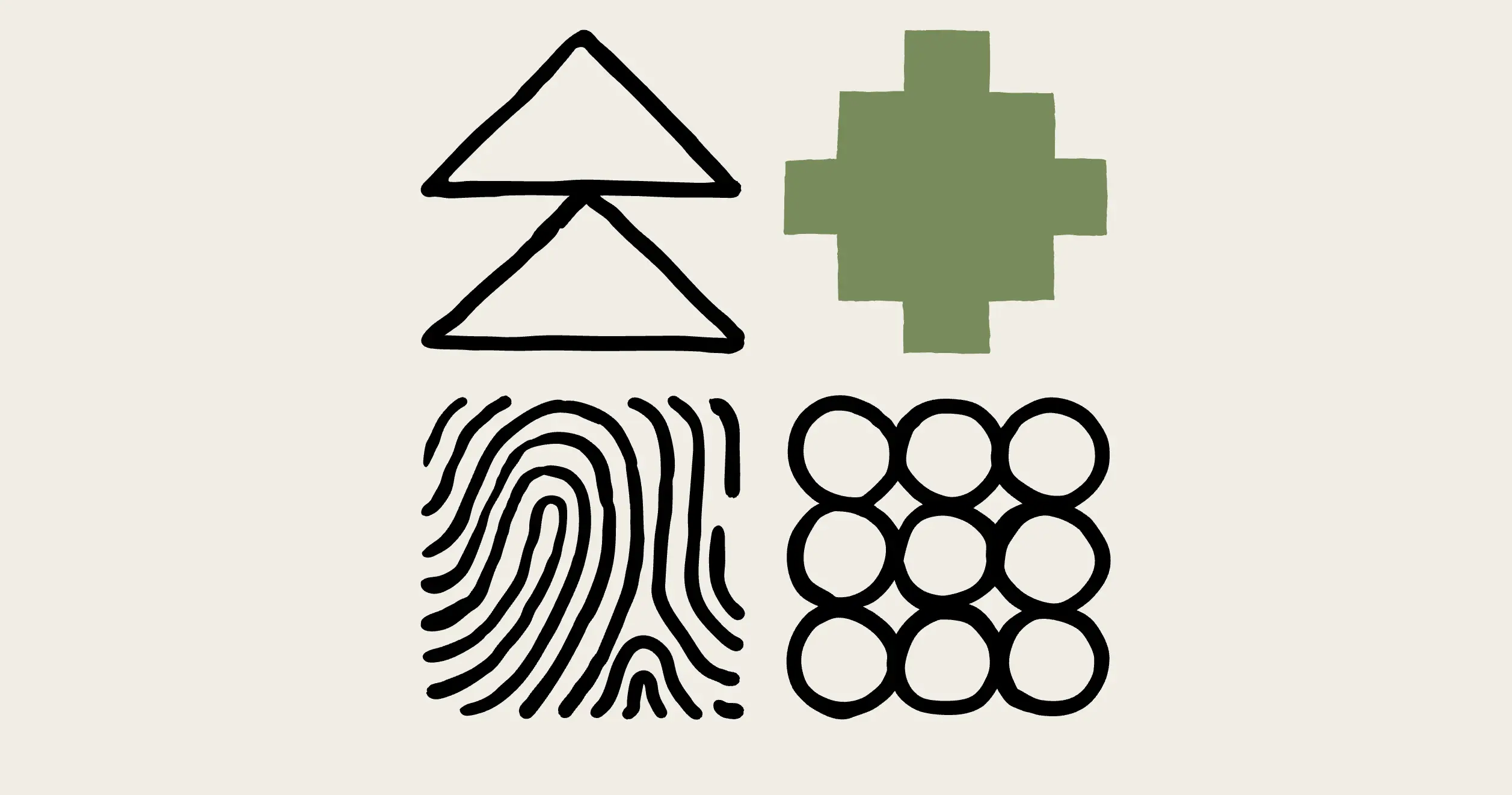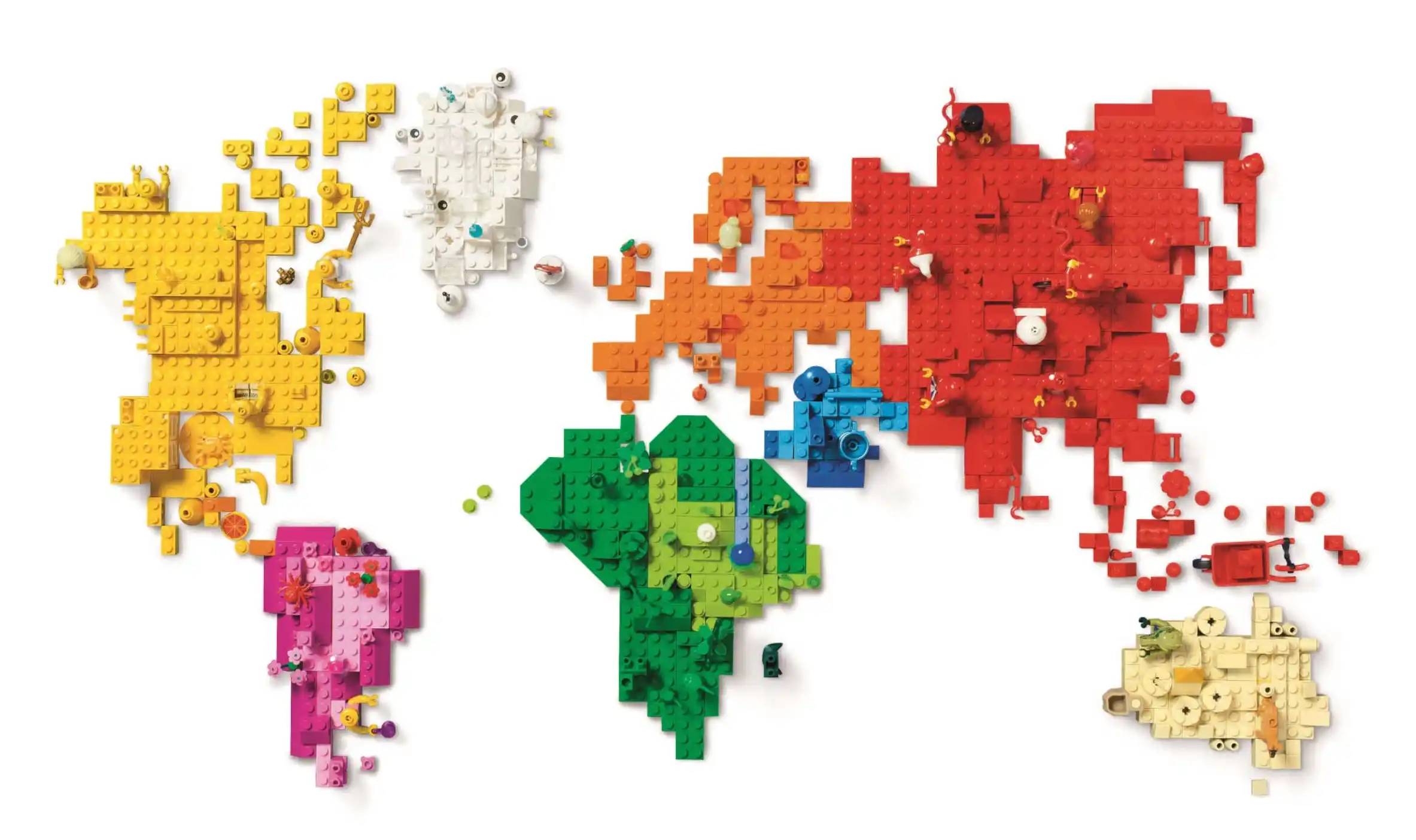QR fatigue in hospitality: why printed menus and quality holders win in 2025
Updated on
Published on

Guests want to see the offer right away, not unlock a phone, chase Wi-Fi, or tap through extra screens. Bright lights bounce off glossy tables and phone glass; older diners may need readers; younger diners often save battery. At lunch rush, each extra tap adds seconds at the bar, and staff repeat answers a clear sheet would show. That’s the pattern operators call “QR fatigue”: micro-delays stacking into slower first orders and missed add-on sales.
Here’s the fix that actually moves the needle: a readable printed menu anchored in a stable menu holder at the right height and angle. It meets the eye where attention already sits (host stand, bar edge, table center) and keeps copy steady while hands move. If you’re sourcing durable, wipe-clean menu holders for restaurants, Inko Horeca builds anti-glare, non-wobble hardware with fast insert swaps, so the sheet stays flat after sanitizing and the first decision happens in under ten seconds.
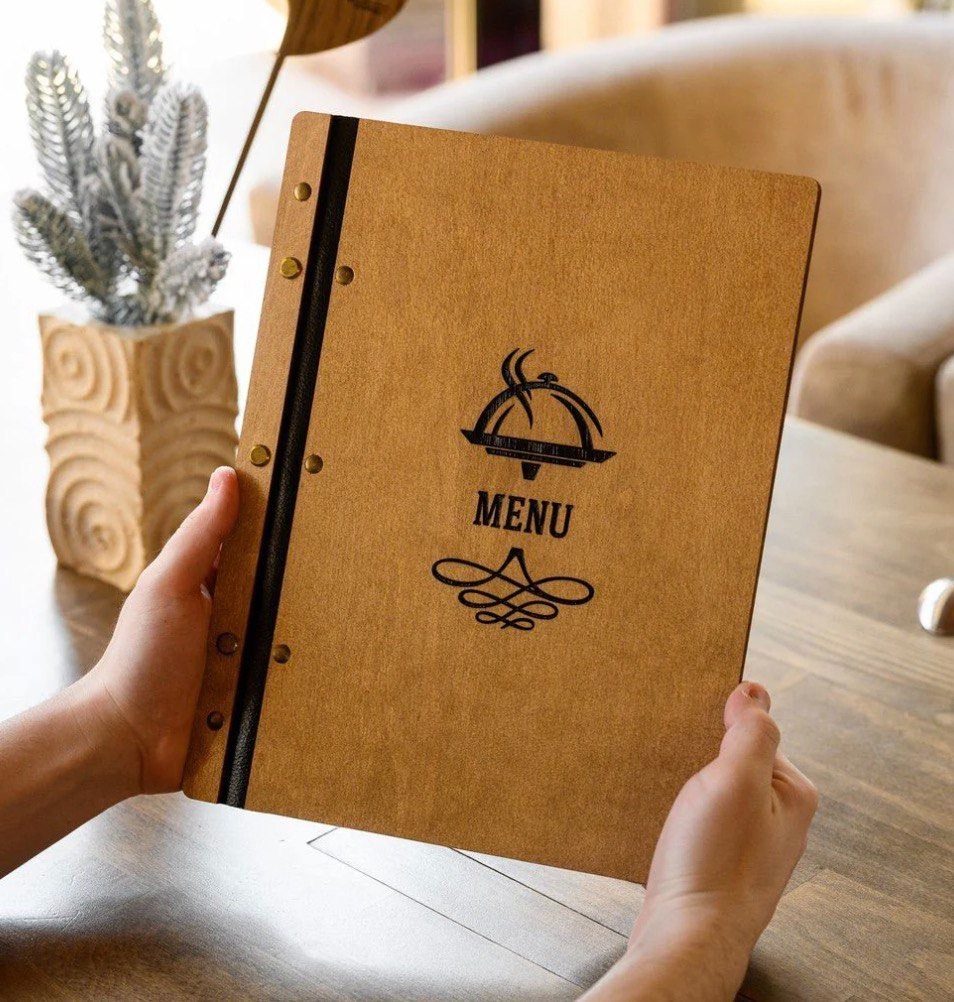
Print for the core, QR for depth
Use print to stage the choices you want to move today – sets, snacks, kids’ picks – right in the first sightline. Keep QR as optional depth for long wine lists, translations, and late-changing specials. The sequence is simple for staff and guests alike: paper first, code on request. That order reduces stalls from slow pages, keeps the counter tidy, and still gives power users the detail they want. When the printed core “wins the first glance,” average check rises because add-ons sit in clear view rather than behind a tap.
Placement, angle, height: make the restaurant menu holder do real work
Visibility is a placement job before it’s a graphic job. At host stands, lift headlines above terminals and tip tins so copy wins the very first look. At bars, a mid-height stand with a gentle ~20° tilt lets guests read naturally as a pint slides across. On tight two-tops, a low tent leaves room for glassware while the sheet stays steady during wipes. Walk the floor at opening light, lunch glare, and evening bulbs; if the headline fades or price column sits in shadow, move the holder – not the guest. A 2–3 cm shift or a few degrees of tilt often beats a type change.
Inko Horeca hardware is engineered to not dance when sleeves brush past. That steadiness, plus anti-glare faces, makes pricing readable under downlights – exactly where a restaurant menu holder usually fails if it’s generic or too glossy.
Design and materials that read premium
Type should speed a decision, not show off: a clear base size for mains, a smaller yet readable size for modifiers, bold section heads, steady line spacing, and a clean price column for one-scan value judgment. Keep allergens and symbols tidy so staff can point without flipping pages. Most cafés see better attachment rates with three to five tight sections than with dense blocks.
Inko Horeca’s range covers recycled acrylic (crystal-clear, anti-fog), sealed wood (warmth without swelling), and brushed metal (ultra-durable), with quick-swap clips or magnetic faces for daily cards. Matte hides fingerprints and glare; gloss pops in moody rooms but can reflect over a bar – choose for your light. Inserts slide without bent corners; seams are sealed so cleaners don’t cloud the face. Result: brand cues that feel calm and premium, night after night.
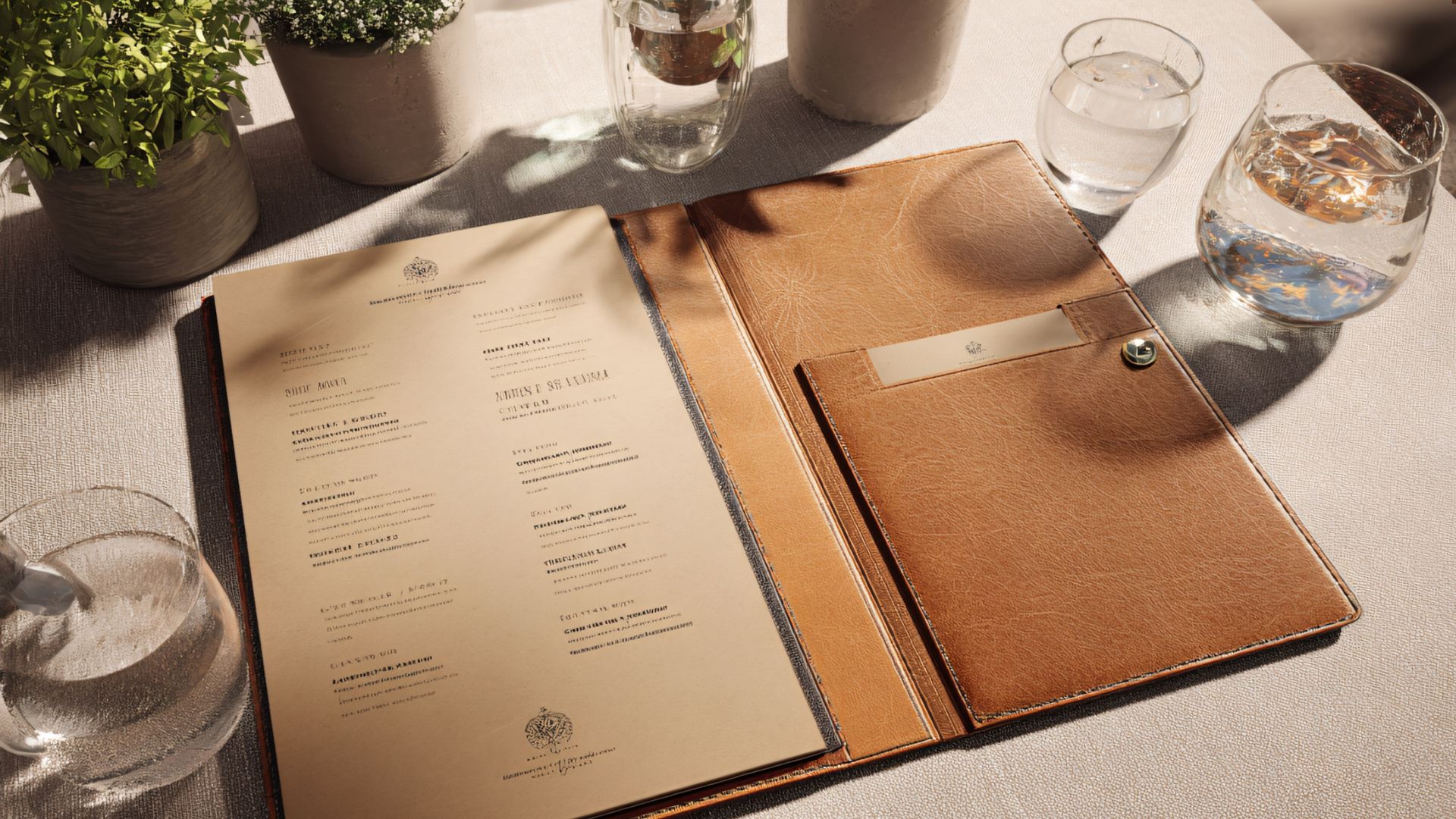
Buying guide and upkeep for FOH teams
- Match spot to spec: host stand = taller stand to beat clutter; bar = mid-height, elbow-safe base; small tables = low tents that stay put during wipes.
- Plan swaps: clipboard styles for daily lunch cards; sleeve or magnetic faces for weekly menus. Keep five spares flat in a dry tray and rotate sheets before edges curl.
- Clean like clockwork: wipe on the hour at peak; use mild spray + soft cloth to avoid haze; bin stained inserts instead of “saving” them.
- Fix positions: day/night marks under counters help new staff reset in seconds so sightlines stay consistent.
These small habits turn hardware into reliable brand signaling – and cut repeat questions, which shortens queues.
What to do this week (fast checks that pay off)
Walk the floor three times: opening, peak lunch, early evening. From guest height, do a 10-second scan test: can you spot the lunch set, a top soft drink, and one add-on without touching the sheet? If not, raise the holder, change angle, or slide it out of glare. Trim copy where eyes snag; float best-sellers higher in each section. Keep QR small in the footer with a plain line (“Full wine list and allergens → QR”), so it complements rather than competes. If you’re refreshing hardware, shortlist Inko Horeca formats (A-frame tents, vertical stands, magnetic faces, waterproof sleeves) and match finish to your light and cleaning routine – one solid change per zone is enough to make the first 10 seconds work for you.
For sourcing and specs, explore Inko Horeca’s restaurant menu holder options – single anchor up top for early context, and this second link for buyers who review details at the end.

